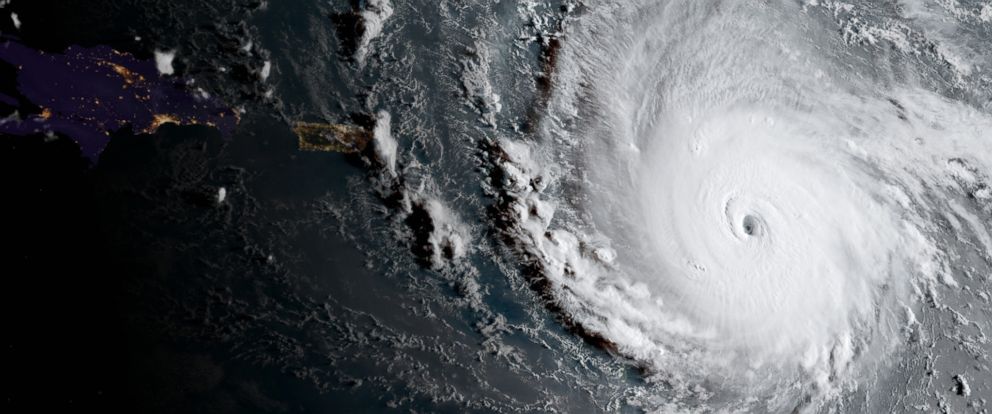Hurricane season in full swing
Hurricane Irma
September 24, 2017
Hurricanes season begins right as summer ends. These are very large tropical storms that gain energy and increase in intensity. Hurricanes are rated on a scale of 1 to 5, depending on size and wind speed. A category 5 hurricane is the most severe and can have sustained winds in excess of 200 mph. Some hurricanes can even be up to 600 miles long. They only occur in warm waters and they turn in a counterclockwise direction.
The first major storm of this season was Hurricane Irma that swept through the Caribbean and the southeastern United States. It has had devastating effects on many islands in the Caribbean and the states of Florida, Georgia, and South Carolina. Sustaining winds of up to 185 miles per hour. Its force killed an estimated 12 people in the United States and around 37 in the Caribbean countries. Since then four other hurricanes have struck including Hurricane Jose, Katia, Lee, and Maria, Irma being the most powerful of the five.
Notice a pattern of how these hurricanes get their name? Hurricanes have names because it helps to avoid confusion when meteorologists track them and if there happen to be multiple at the same time. There exists six lists of names, rotating between male and female. Each list has a name for every letter in the alphabet, except for Q, U, and Z. When minor hurricanes occur the name can be reused, but if the hurricane is big enough and it causes enough damage the name will be retired and never used again. You may remember Hurricane Katrina. This was a devastating hurricane in 2005, this name was taken out of the lists to respect those affected.
































